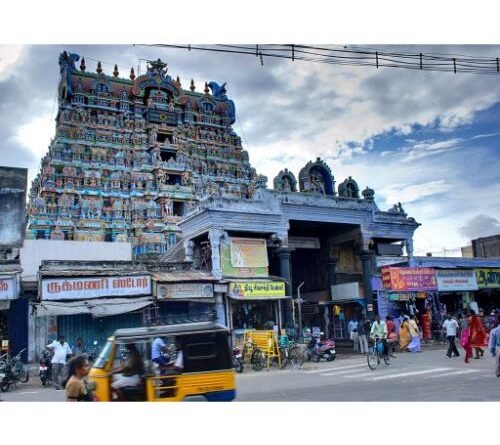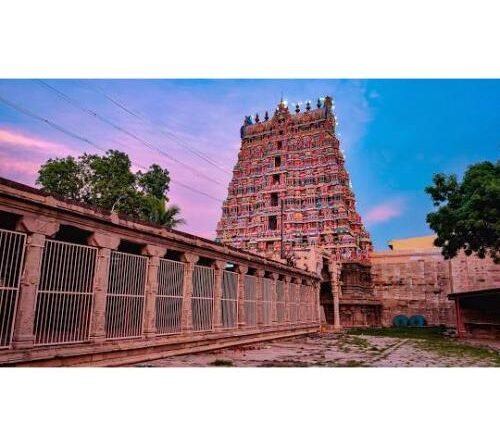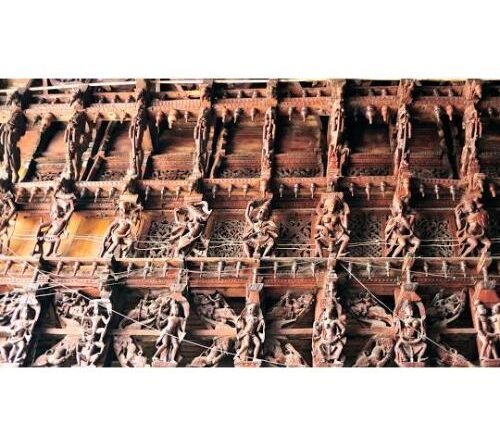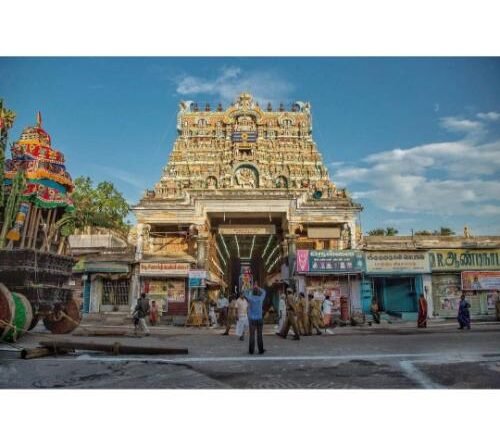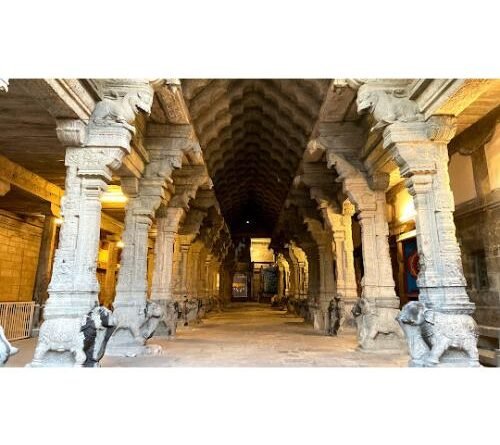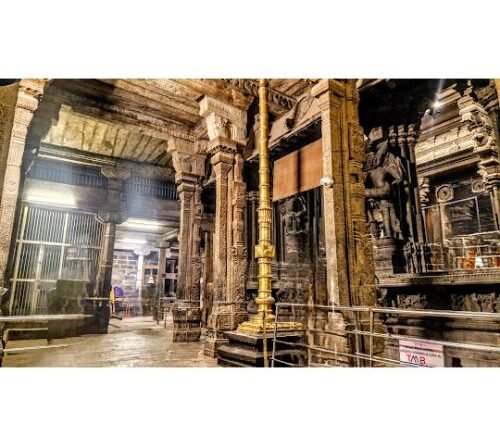Tirunelveli Shiv Mandir/Arulmigu Nellaiyappar Temple Tirunelveli,Tamil Nadu
The Nellaiappar Temple is a Hindu temple dedicated to the deity Shiva, located in Tirunelveli, a city in the South Indian state of Tamil Nadu. Shiva is worshipped as Nellaiappar (also called Venuvananathar) represented by the lingam and his consort Parvati is depicted as Kanthimathi Amman. The deity Vishnu is also worshipped here, having witnessed their wedding according to legend. Hence, this temple is regarded as an abhimana kshetram of Vaishnavism. The temple is located on the northern banks of Thamirabarani River in Tirunelveli district. The presiding deity is revered in the 7th century Tamil Saiva canonical work, the Tevaram, written by Tamil saint poets known as the nayanmars and classified as Paadal Petra Sthalam.
The temple complex covers an area of 5.9 hectares (14.5 acres) and all its shrines are enclosed with concentric rectangular walls. The temple has a number of shrines, with those of Swamy Nellaiappar and his consort Sri Kanthimathi Ambal being the most prominent.
The temple has three six rituals at various times from 6:00 a.m. to 9:00 p.m., and six yearly festivals on its calendar. Brahmotsavam festival during the Tamil month of Aani (June–July) is the most prominent festival celebrated in the temple.
The original complex is believed to have been built by Pandyas, while the present masonry structure was added by Cholas, Pallavas, Cheras, and Madurai Nayaks. In modern times, the temple is maintained and adminIstered by the Hindu Religious and Charitable Endowments Department of the Government of Tamil Nadu.
History
The Gopuram of Nellaiappar Temple
Tirunelveli is one of the many temple towns in the state which is named after the groves, clusters or forests dominated by a particular variety of a tree or shrub and the same variety of tree or shrub sheltering the presiding deity. The region is believed to have been covered with Venu forest and hence called Venuvanam.
The original complex is believed to have been built by Pandyas, while the present masonry structure was added by Cholas, Pallavas, Cheras, and Madurai Nayaks. The sanctums of the temple and the gopurams were constructed by Nindraseer Nedumaran (Koon Pandian) who reigned in the 7th century AD. The mani mandapam with its famous musical pillar was also likely built by Nindraseer Nedumaran. The flag stand near the Nandi was set up in 1155. Later Pandya, Kulasekara Pandyan I built the outer wall of the Thirunelveli Nellaiappar temple, in 13th century.
Originally, the Nellaiappar and Kanthimathi temples were two independent structures with spaces in between. It was in 1647 that Thiru Vadamalaiappa Pillaiyan, a great devotee of Siva linked the two temples by building the “Chain mandapam” (In Tamil Sangili Mandapam). In the centre of the Flower Garden is a square vasantha mandapam with 100 pillars. The Nandi mandapam is said to have been built by Sivanthiappa Nayakar in 1654. To the western portion of the chain mandapam is the flower garden that was set up in 1756 by Thiruvengadakrishna Mudaliar.
There are a number of stone inscriptions in the temple. The most important of them are those Veerapandiyan who reigned around 950 AD and those of Rajendran I and Kulothunga Chola I. The inscriptions of Maravarman Sundara Pandyan refer to the Lord as “Woodayar” and “Wodeyanayanar” and the Goddess as “Nachiar”. From the inscriptions of Kulasekkara Pandiyan we learn that he defeated the Chera, Chola and Hoysala kings and built the outer walls of the temple with the spoils of war.










